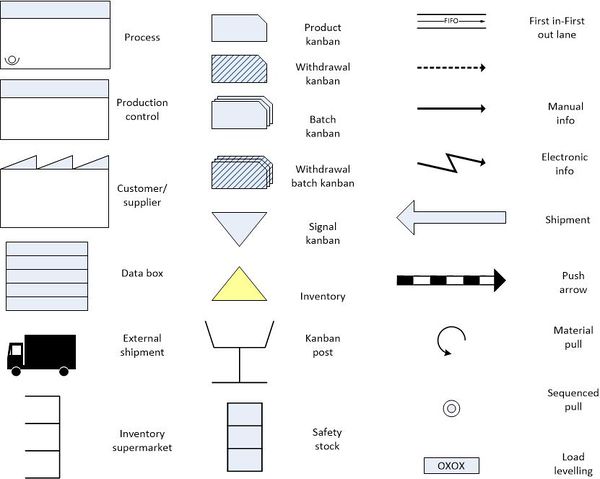Kanban methodology
Kanban was developed in Japan in the 1950s as a production management method. The word Kanban comes from Japanese and means a piece of paper. In free translation it means "visible description".
This method allows to easily visualize the material flow during production. Kanban is designed for inventory control. This system allows organization to almost totally eliminate magazines. Storage of preproduction, production and all other materials is not necessary, as they are directly provided by suppliers exactly on time when they are needed. Same thing happens when it comes to shipping the finished product.
The objectives of the Kanban system can be represented using the "7 x nos":
- no defects,
- no delays,
- no stocks,
- no queues anywhere and for anything,
- no idle time,
- no unnecessary technological and control operations,
- no movements.
An essential element of the system are kanban cards. Kanban card acts as a production order and a document describing the contents of the containers. Its main task is to provide information about the need for material flow during production.
Kanban card is circulating between the storage of finished products, work stations and buffers, acting as a production order and marking of containers. This allows elimination of central job schedule for each of the production stations. Smooth production and material flow is ensured by the Kanban system. At each stage, production is started only when the need arises. Kanban can be considered as an automatic self-managed system.
Kanban is an integral part of the activities of enterprises operating in accordance with the concept of Lean Manufacturing or Just in Time.
Values stream map symbols
Value Stream Mapping symbols are known as the "language of lean". They are used in Kanban production system design. They allow to depict and improve the flow in the process.
The simple chart can be drawn using Microsoft Office Visio 2010 or newer. In section Business a value stream mapping template with lean symbols was attached.
References
- Krajewski, L. J., King, B. E., Ritzman, L. P., & Wong, D. S. (1987). Kanban, MRP, and shaping the manufacturing environment. Management science, 33(1), 39-57.
